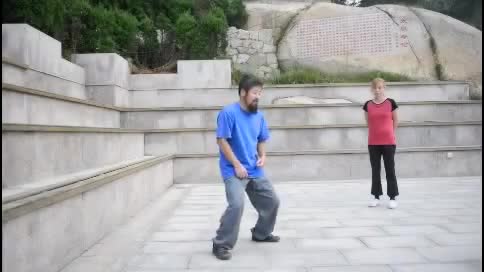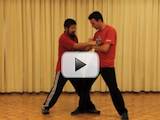00:00
00:00
00:00
00:00
00:00
00:00
00:00
00:00
00:00
00:00
00:00
00:00
00:00
00:00
00:00
00:00
00:00
00:00
00:00
00:00
00:00
00:00
00:00
00:00
00:00
00:00
00:00
00:00
00:00
00:00
00:00
00:00
00:00
00:00
00:00
00:00
00:00
00:00
00:00
00:00
00:00
00:00
00:00
00:00
00:00
00:00
00:00
00:00
00:00
00:00
00:00
00:00
00:00
00:00
Training routine to utilize leg power from Daqingshan full time training.
Presenter: Chen Zhonghua Length: 3 min. In: English Year: 2014 Difficulty:1/5 At:Daqingshan, China





{ 5 comments… read them below or add one }
How scientific way of breakdown the taiji movement!!!
WONDERFUL
An important goal in tai chi training is to train ourselves in the use of “internal” power. In Practical Method it means laying the tracks for channeling power. One critical source of power is from the ground via the legs to the hands. This short video explains the background and two effective methods of how to train (even without a partner) the ability to generate, lead, and convert the power from the legs vertically upwards and forward (without relying on muscles of the upper body or arms).
This is a very important concept, that is very hard to grasp. And one of the most important to get into our bodies. Distinguishing between the upper body And the lower body for correct usage of power is imbedded in the yilu and foundations. Something I am working hard at achieving. Only using vertical power.
Focus and optimize on two basic actions: Move (forward) horizontally with the hands and move (upward) vertically with the legs. Also check drill with rubber tubing: https://www.ixigua.com/7117053013486731806?id=7314994530015674931&logTag=5f35eed486253b3ca937
This is the separation of yin and yang. The lower body moves. The upper body does not.